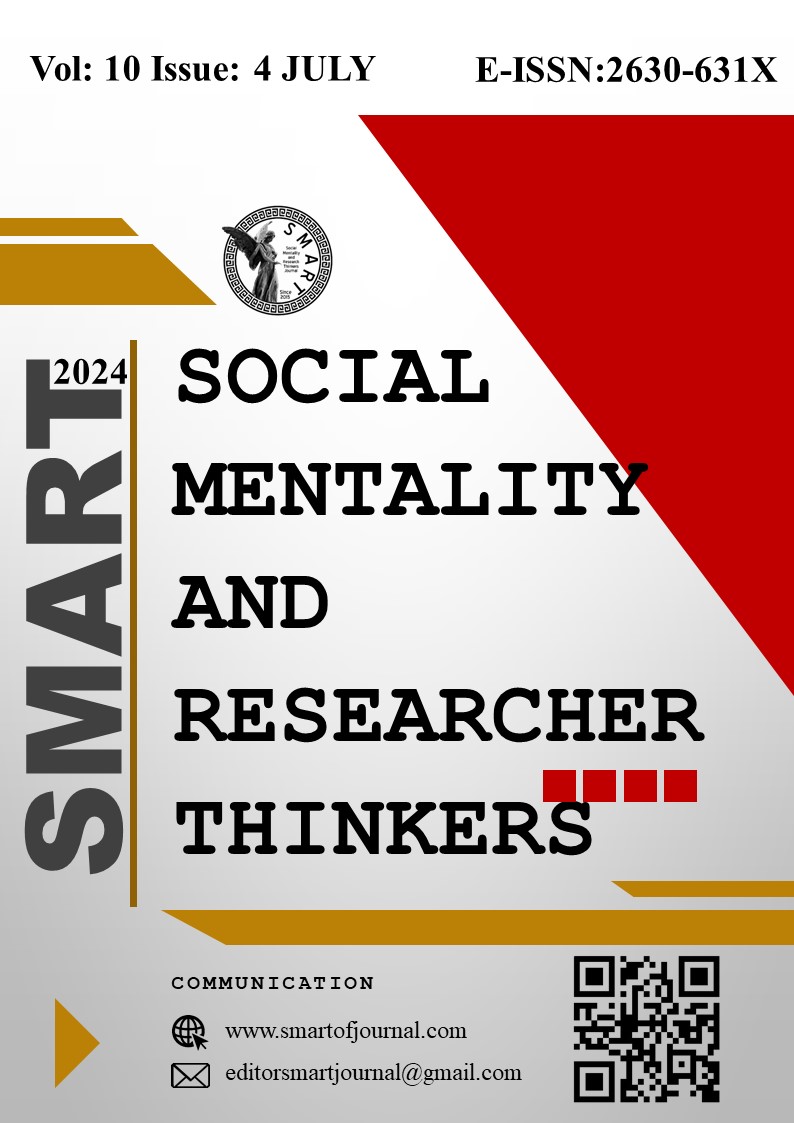Author :
Abstract
Pinokyo, Karakterin Ölümü sorunsalında, -hikâye her iki finaliyle de- sıra dışı bir modern insan metaforu yaratır. O, edebi açıdan protagonist olarak yaratılmasına rağmen finalde antagonist olarak öyküden ayrılacaktır. Bu durum Fuchs’un, Karakterin Ölümü (1996) adlı kitabında dile getirdiği, karakterin sonu anlayışının, Beaver öncesi ve sonrasını da kapsayan tespitleriyle örtüşme gösterir. Modern bir karakter olarak; Leave It to Beaver (1957-1963) televizyon dizisinin ikonik, çocuk kahramanı olan Theodore Cleaver (The Beaver/Kunduz) 1979 yılında, Leave It to Beaver Is Dead adlı performans gösterisinde, Dennis adıyla tekrar karşımıza çıkmış ve alegorik anlamda, çoktan sonlanmış modern kendisinin, artık bambaşka bir dünyadaki, postmodern yaşam deneyimlerine dâhil olmuştur. Pinokyo da tıpkı Beaver (Theodore-Dennis) gibi iki kez ölür ya da sonlanır fakat onun edebi ölümleri, tarihsel olarak modernizm içinde meydana gelir. Postmodern anlamda karakterin ölümü, Pinokyo açısından yazarın öngörülerinin, yaratıcı işaretlerinin –büyük olasılıkla erken- teorik açıdan zengin, izlerini taşımaktadır. Yoksa Pinokyo, daima canlıdır. Ölümü ile sadece geçiş (protagonistten, antagoniste) yaşamıştır. Dennis’in ise başından beri ya çocuk ya da tıp fakültesini terk ederek şehrine dönen bir delikanlı olarak protagonist rolü hiç değişmemiş fakat edebi değerler silsilesi içinde, her zaman önce antagonist sonra da ölü olarak kalmıştır. Bu çalışma Pinokyo hikâyesi üzerinden, karakter ölümleri problematiği çerçevesinde, kıyaslamalı olarak gerçekleştirilmiştir.
Keywords
Abstract
Pinocchio creates an extraordinary human metaphor - in both of the story's finales - in the problem of the death of the modern character. Although he is created as the literary protagonist, he will leave the story as the antagonist in the finale. This situation coincides with the findings of Fuchs's understanding of the end of the modern/postmodern character, expressed in his book The Death of Character (1997), covering the period before and after Beaver. As a modern character; Theodore (Beaver), the iconic child hero of the television series Leave It to Beaver (1957-1963), appeared again in 1979 under the name Dennis in the performance show Leave It to Beaver Is Dead, allegorically depicting his already ended modern self in a completely different world involved in postmodern life experiences. Pinocchio, like Beaver (Theodore-Dennis), dies or ends twice, but his literary deaths have historically occurred within modernism. In the postmodern sense, the death of the character carries, in terms of Pinocchio, traces of the author's foresights and creative signs - most likely premature - theoretically rich. Pinocchio is always alive. With his death, he experienced only transition (from protagonist to antagonist). Dennis (Beaver, Theodore) has been either a child (Beaver) from the beginning or a young man who left medical school and returned to his city. The protagonist role of Dennis (Beaver, Theodore) as either a child (Beaver) or a young man who leaves medical school and returns to his city, never changes, but within the chain of literary values, he always remains first as an antagonist and then as dead. This study was carried out comparatively through the Pinocchio story, within the framework of the problematic of character deaths.





